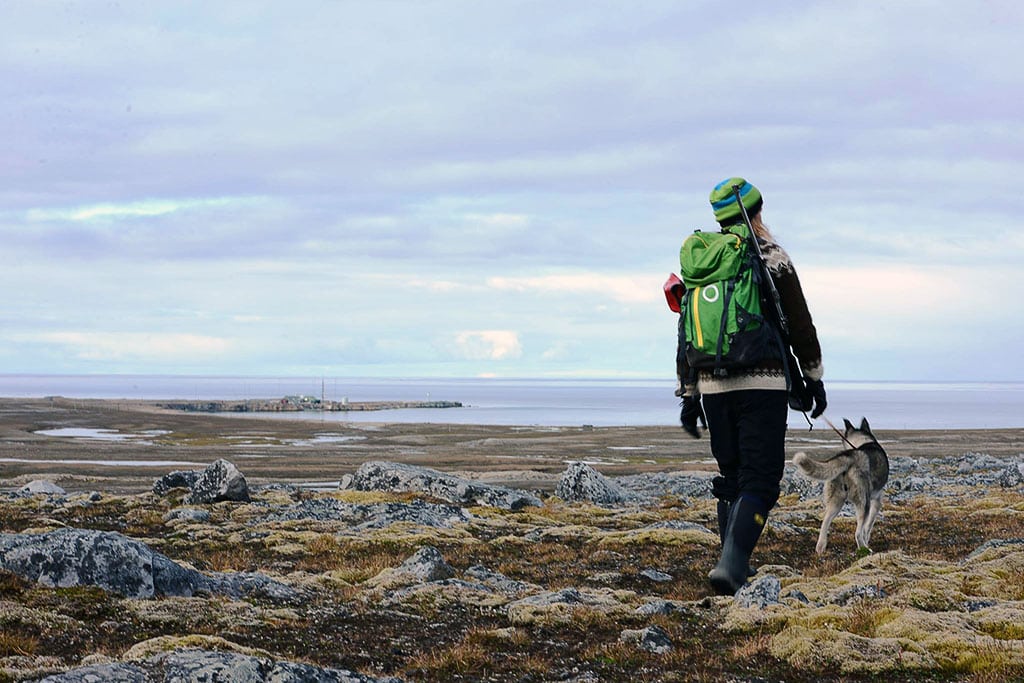Skift Take
Sustainable tourism, while looking nice on paper, is still extremely difficult to execute making Basecamp's approach to integrate a business and non-profit is one worth examining.
Sustainable tourism, or the concept that travelers can protect and celebrate a culture while also enjoying it, is harder than it sounds.
Just ask any company that’s attempted to build a travel company that meets the demands of running a business while attempting to consciously support a community.
Tourism company Basecamp Explorer solved its inner conflict between running a successful business and contributing to the communities where it operates by setting up non-profit Basecamp Foundation. The two organizations are run separately but directly impact one another’s operations — so much so that the foundation owns 40 percent of the company, providing the capital it needs to survive.
Basecamp Explorer started its operations in Kenya and has since expanded to France and Norway, but its coordination with its brother foundation in Maasai Mara contains enlightening lessons for other tourism companies hoping to bridge the gap between business and doing good.
“If we can make a little noise in this market that has a lot of noise, punch through that noise, by winning awards and being visible then maybe we could help create change,” is how Lars Lindkvist, president and chairman of the Basecamp Foundation, explains the organization’s initial goal started in 1998.
To do that, Basecamp started extremely small projects that its founding team was certain would be a success. Its 5-acre camp grew to 20 acres and plan for reforestation then to 50,000 acres for a conservancy owned by 500 local Maasai.
Today, the organization’s impact has led to the protection of 200,000 acres, creation of 16 conservancies, and involvement of more than 5,000 landowners.
Why Combine Tourism with Non-Profit Work
While it is often asked how non-profit goals can be integrated into tourism companies, a more important question is how tourism can be used to further non-profit’s missions.
“I came from an organization with a large governmental approach to aid and development. You would spend two to four years in one place before you’re moved. You’d spend your budget, set up projects, and find a local counterpart to take them over. Now that that counterpart was trained, he had a bright future and was hired by someone else. A few years after such projects you might not even recognize them any more. The impact just wouldn’t not be there,” explains Lindkvist.
“The reason that we have as a foundation have stayed, where other non-for-profits have moved on in two to four years, is because we have a business here. As long as that manages to survive, we have a reason to be here.”
Basecamp’s commitment to growth in the Maasai Mara region also helped it build trust among the local community. It becomes easier and more effective to do work when the organization works in coordination with local partners.
“Very often we hear about tourism companies that are green or providing support to something, but very often it is non-transformative support. It’s paying for a school or another classroom, and that can be important, but if you organize this on a much larger scale it can be deeply transformative not just to individuals but to communities,” Lindkvist says.
Future of Sustainable Tourism
Many tourists that patron sustainable tour operators and companies aren’t coming for their local efforts alone. Value, not company intent, are what draw most first-time customers to a sustainable tourism company, observes Lindkvist.
Once they learn about the concept; however, they are more likely to return. This becomes even more important in a market where many rogue and corrupt operators can be difficult to spot — without the help of sites like TripAdvisor that is.
“Travel is growing exponentially. I’m not saying it’s unregulated, but you can still move into a country like Kenya – that’s corrupt – buy your license, set up a business and start operating without any checks or balances. I think we should be beyond that, it shouldn’t be allowed.”
With rapid growth of international tourism, the topic of sustainable tourism becomes even more important.
Venice’s lagoon is at risk of complete destruction due to the city’s popularity with cruisers, Machu Picchu has been at risk for more than a decade, and cultures are being stamped out by a never-ending stream of backpackers.
“Tourism has found the most beautiful places and cultures around the world and, in many cases, they’ve destroyed. In others, they are promoting and supporting them. It’s a double-edged sword,” says Lindkvist. “It’s not about if or what is happening, it’s about how.”
Skift’s in-depth reporting on climate issues is made possible through the financial support of Intrepid Travel. This backing allows Skift to bring you high-quality journalism on one of the most important topics facing our planet today. Intrepid is not involved in any decisions made by Skift’s editorial team.
Have a confidential tip for Skift? Get in touch
Tags: climate change, wildlife
Photo credit: A hiker in Svalbard, Norway. Basecamp Explorer / Facebook

